One of our most searched-for terms here at The WON is “best hunting rifle for women.” One of our most popular posts is “5 Popular Deer Hunting Calibers.” Since Marti Davis wrote that informative article for us back in 2014, the hunting world has seen an evolution in cartridges, namely the popularity explosion of the 6.5 Creedmoor. So, we have decided to revamp this idea of presenting hunting rifle calibers and point out the similarities and differences among them.
Sponsored by Ruger
In order to get the right info on these guns, I went to my in-house expert and husband, Dr. Bomb, for the reasons people would want to use these rifle calibers for hunting. He is a ballistics and explosives engineer with a stellar reputation in the world of firearms and explosives. Dr. Bomb also served as the commander of the RAF rifle shooting team in England in the early 1990s. I also made sure my two favorites were on the list.
Here’s what he had to say:
To start with, naming of calibers is an arcane combination of art, merchandising and engineering; don’t be confused by trying to decipher them unless you are into that sort of thing. Just make sure that the caliber label on the box matches the caliber engraved on the rifle barrel or receiver. You don’t have to use a Remington gun to shoot calibers named “XXX Remington,” or a Winchester gun for Winchester named calibers (good luck finding a “Creedmoor” gun company; Creedmoor is the name of an extinct but famous rifle range on Long Island, New York).
Generally, the first two or three numbers of a name mean the rifle caliber belongs to a general group of calibers separated by the bore diameters of the guns that use them. For example, the .30-30, .30-’06, and .308 are each .30 caliber rounds.
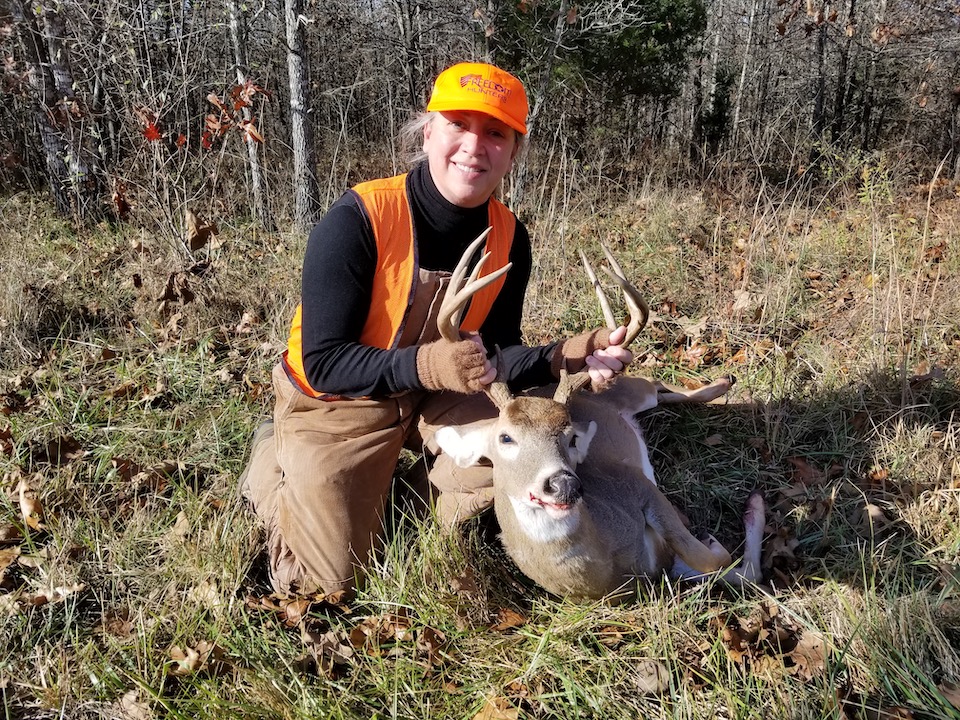
Also, good shot placement is what kills a deer – no matter what caliber rifle the hunter uses. Be sure you know where to place your shot on a deer from all aspect angles; a heart-lung shot is a good one because that volume (it is three-dimensional) is the largest kill area. There are several YouTube videos that show where the lungs and heart reside inside a deer. The main thing when you are setting up for a shot is to mentally draw a straight line from you to the deer’s heart, and then aim for the spot on the deer’s hide where that line passes through.
So, choose a rifle and caliber combination you can shoot well from just about any field position (standing unsupported, standing supported, sitting supported, etc.) and shoot it enough to build confidence that you can make a killing shot before you go deer hunting.
Given good shot placement, the calibers I’ll discuss are each completely capable of clean kills on deer. I’ll also discuss each caliber’s limitations, if any. The effective ranges I cite are for the typical hunter; trying to reach out farther makes good shot placement imperative for a clean kill. In addition, whatever rifle/caliber combination you choose, be sure to test-fire the specific cartridges in your chosen gun before you go out to the hunting field. Some combos of rifle and cartridge brand/bullet weight/powder load work really well together, but some are miserable to deal with. Each of the calibers has some sweet-shooting family members, and each has some real boogers (heavy recoil, bad muzzle blast, etc.) depending on the gun you use. The only way to tell for sure is to test fire.
6.5 Creedmoor
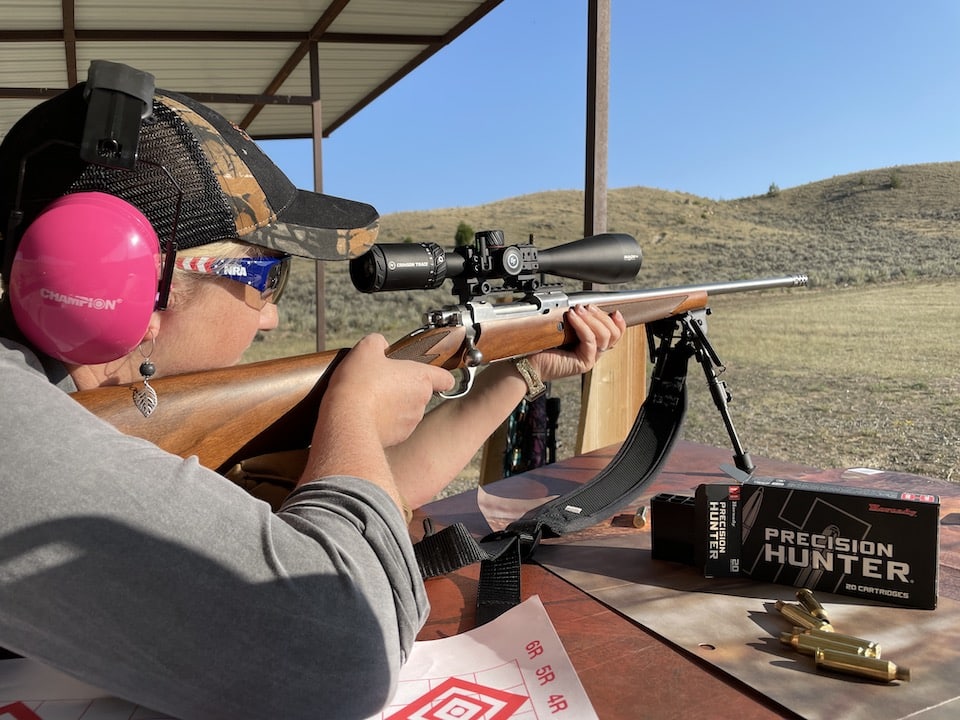
Let’s lead off with what seems to be the latest most popular kid on the block, or so it seems – the 6.5 Creedmoor. The round was designed in 2007, originally for long-range target shooting competitions, hence the Creedmoor name. The 6.5 in its name is the approximate caliber – .264 in inches. Since it was designed from the get-go as an accurate long-range round, hunters have picked-up on it for shooting medium sized game (like deer) at longer ranges. The cartridges fit in short-action rifles. For deer, cartridges using bullets around 140 grains in weight and designed for medium-sized game work well out to about 300 yards. The main down side of the round is it’s availability in normal times; now, with the shortage of all sorts of ammo, it’s even worse. So, if the 6.5 Creedmoor is in your plans, be sure to secure a good source of ammunition prior to your hunt, and test it in your gun.
7mm-08 Remington
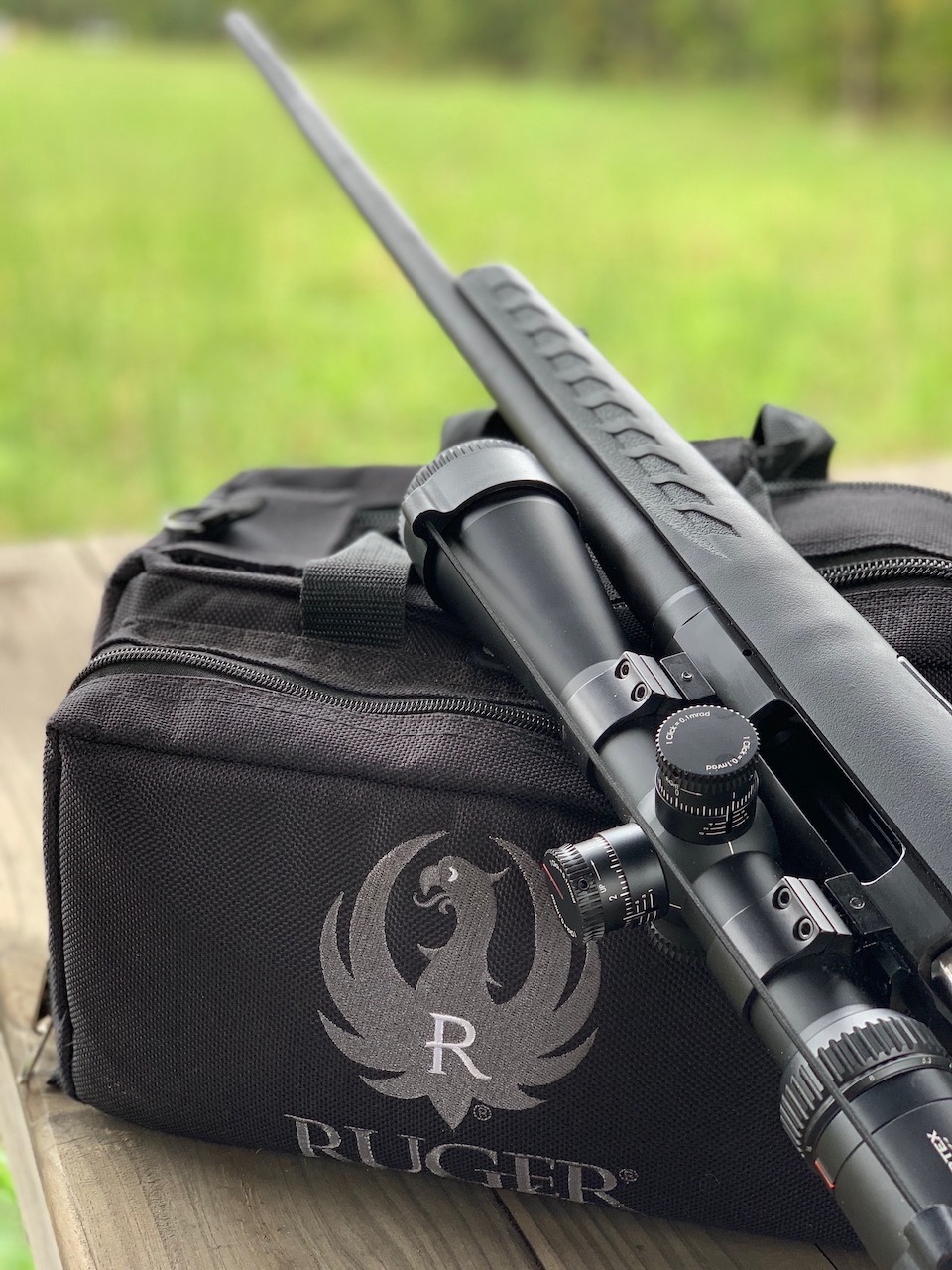
This next “new popular kid on the block” cartridge dates from 1980, when it was first officially adopted by Remington from an experimental design using a .308 Winchester case (hence the “-08” in its name) firing 7 mm caliber bullets. It really wasn’t all that popular until the mid-1990s, when admiration for it took off. As with the 6.5 Creedmoor, for deer, cartridges using bullets around 140 grains in weight and designed for medium-sized game work well out to about 300 yards. Ammo for the 7mm – 08 is usually easy to find. This is one of Barb’s favorites, chambered in a Ruger American rifle, that she uses when she thinks she might have to reach out farther than is reasonable with her other favorite (a .257 Roberts-chambered Ruger M77 Mk II).
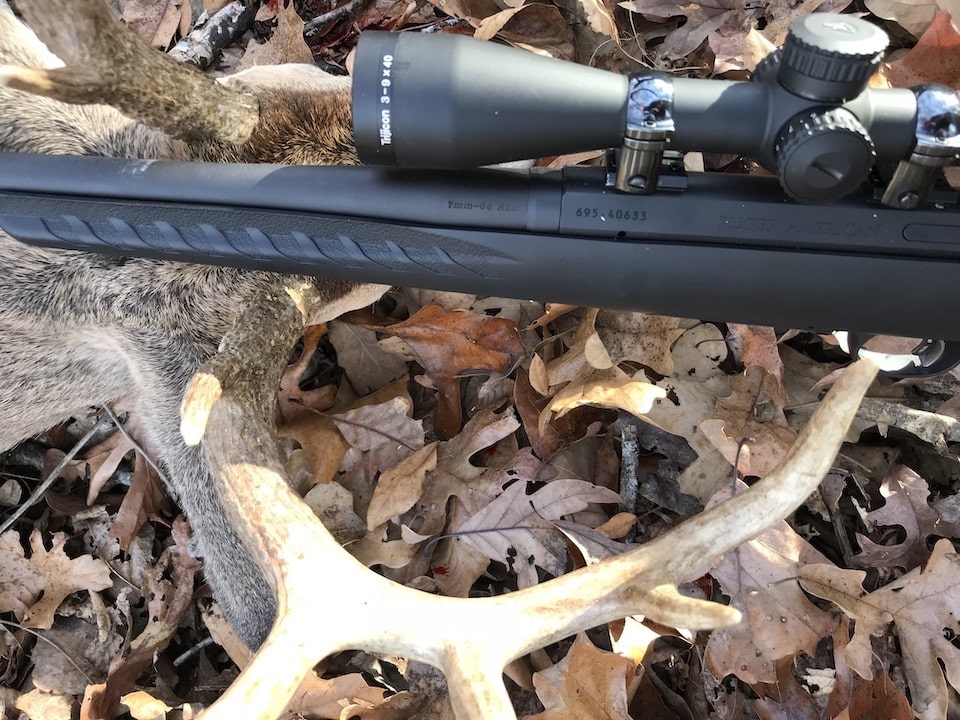
.25-06 Remington
Originally developed in the 1920’s as an experimental cartridge using a .30-’06 case (therefore the – 06 part of the name) altered to fire .25 caliber bullets, the .25-06 didn’t really become popular until the late 1940’s with new developments in smokeless powder that suited the round. Remington officially adopted it in 1969. Loaded with bullets around 120 grains in weight, the caliber is effective on deer-sized game out to about 250 yards. It is a long-action cartridge, and high-velocity loads will produce heavy recoil in lighter, shorter-barreled rifles. Like the 6.5 Creedmoor, ammo for this caliber is usually difficult to find. I have a Ruger M77 Mk I in .25-06 that is a tack-driver, but I’ve not used it for deer hunting because of my love of the .30-’06.
.243 Winchester
This very popular cartridge was introduced by Winchester in 1955, and soon became one of the most popular deer cartridges because of relatively light recoil in most guns chambered for it. This is particularly attractive to shooters with small statures or disabilities that prevent them from shooting a larger-caliber rifle well. Like the 7mm-08, the .243 is based on the .308 Winchester case, but unlike its bigger brother, it doesn’t have the -08 moniker. The best bullets for deer up to about 180 pounds are around 100 grains in weight, and are effective on medium game such as deer out to about 180 yards. Cartridges with these sorts of loads are usually easy to find at big box stores and sporting goods shops.
.30-30
Believe it or not, this cartridge has been around since 1895 and was one of the first small-bore rifle calibers designed to use smokeless powder. Designed to use a .30 caliber bullet on a case containing 30 grains of powder, this cartridge is still one of the most popular for deer hunting. It generates about the same recoil as the .243 Winchester, but with worse downrange performance. One of the reasons why this cartridge suffers in performance compared with newer guys is that the cartridges must be safe to load in the tubular magazine of a lever-action rifle. So, pointy bullets with good ballistic characteristics are a no-no, as their points could possibly set-off the primer of the next cartridge in the magazine during recoil. In an effort to overcome this limitation, companies created new bullet designs with polymer tips that are not supposed to set-off the primers of other cartridges in a tubular magazine. A typical 150-grain bullet-loaded cartridge can effectively kill deer out to about 150 yards, and one can usually find the cartridges at big box stores and sporting goods shops.
.30-06 Springfield
The U.S. Springfield Arsenal originally developed the ’06 in 1906 as the primary service rifle cartridge for the Army. With loads tailored to the task, the .30-06 cartridge is suitable for hunting any small, medium or large game found in North America. Labeled one of the most versatile cartridges ever designed, in a typical hunting rifle the standard .30-06 round produces the upper limit of felt recoil tolerable by most shooters over several shots. Regarding the effective range of the cartridge on deer, the range is as far as you can accurately hit the vital area on a deer. We used to shoot at and hit man-sized targets at 1000 meters using sniper-quality ’06 ammo. A typical commercial deer load for the ’06 has a 150-grain bullet, and one can usually find the cartridges at big box stores and sporting goods shops. The ’06 is my favorite deer rifle, and I have two Ruger M77’s that I switch between. One is a Mk I and the other a Mk II.
.257 Roberts
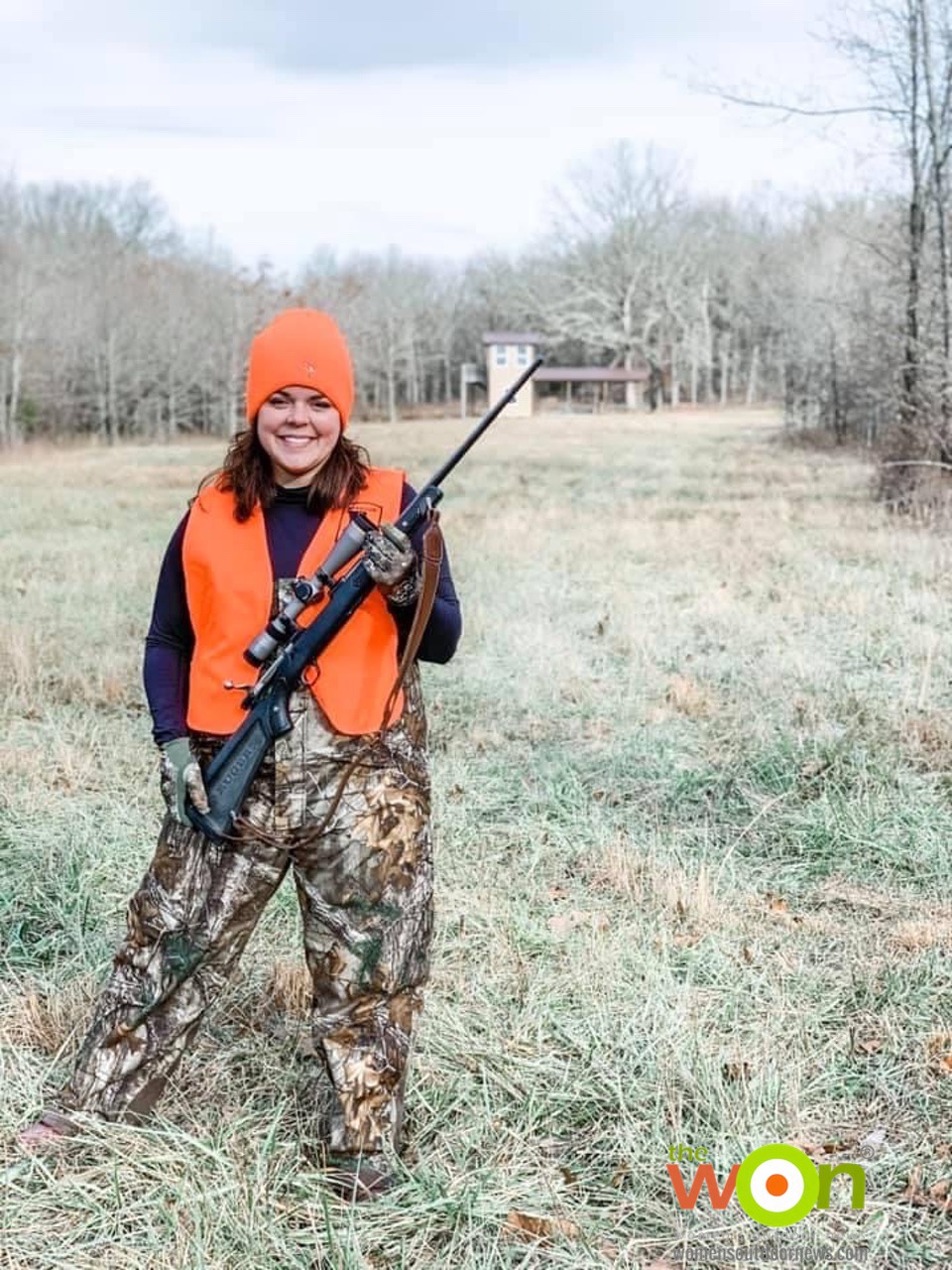
Using the same bullets as the .25-06 Remington, the .257 was an experimental design started in the 1920’s. Remington introduced its version in 1934, and commemorated the experimentalist who started the design (Ned Roberts) by naming the cartridge after him. That’s why it’s not a “.257 Remington.” Having 300 feet per second lower muzzle velocity than the long-action .25-06, the .257 is a mild-recoiling, lower-pressure cartridge suitable for lighter rifles with short-to-medium actions. Using 117-grain bullets hand loaded to optimum performance, this caliber is effective for heart-lung shots on deer out to nearly 200 yards. The .257 is the other of Barb’s favorites, and she has a composite-stocked Ruger M77 Mk II chambered in it that has killed more deer than her other rifles. Unfortunately, both the cartridge and rifles chambered in it are nearly impossible to obtain unless you are a hand loader and know a gun shop that will build the rifle for you. Even though it is ballistically inferior, the .243 Winchester has out-marketed the .257 Roberts, putting its popularity into decline.
.308 Winchester
Also known as the 7.62 NATO, the .308 Winchester was developed starting in 1944 by the U.S. Ordnance Department as a shorter, lighter, ballistically-similar replacement for the .30-’06 cartridge. The US Repeating Arms Company (Winchester) standardized the .308 Winchester commercial cartridge in 1952. Although it has slightly lower performance than the .30-’06, it is a very effective cartridge on medium-sized game, with many bullet designs and cartridge powder loads that allow the shooter to select cartridges with optimum performances at various ranges. For killing deer, a bullet weight of 150 to about 170 grains is effective out to about 600 yards.
So there you have it – a primer on deer hunting rifle calibers. Feel free to message us if you have any questions, and also, check out Ruger’s fantastic offerings of deer rifles.
Publisher/Editor Barbara Baird is a freelance writer in hunting, shooting and outdoor markets. Her bylines are found at several top hunting and shooting publications. She also is a travel writer, and you can follow her at https://www.ozarkian.com. View all posts by Barbara Baird